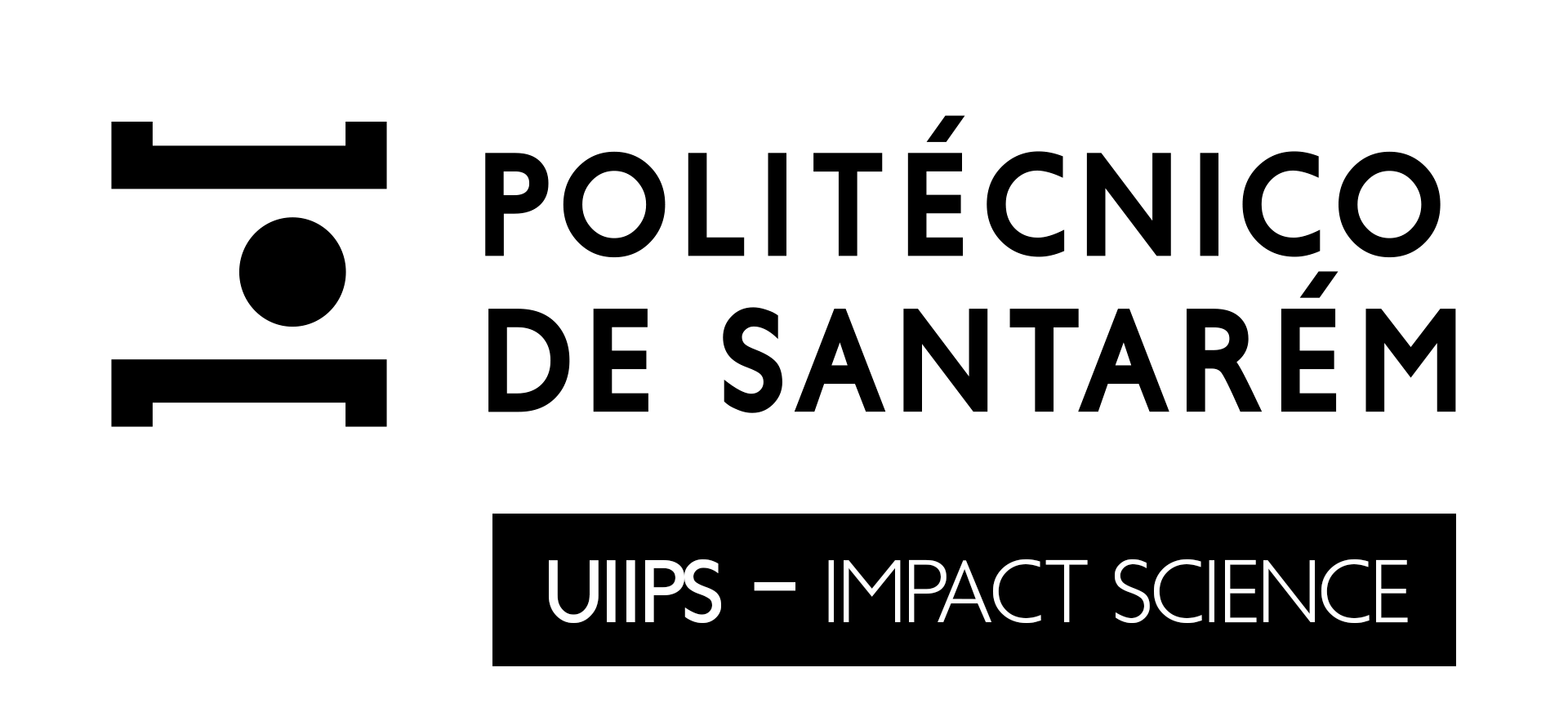Brincadeiras e fantasias do turista literário /Playfulness and Fantasies of the Literary Tourist
DOI:
https://doi.org/10.25746/ruiips.v11.i3.32432Palavras-chave:
viagem, turismo literário, psicanáliseResumo
O ato de ler obriga o leitor a passar pela materialidade do texto, a atravessar a linguagem e adentrar na história, na ficção. Fascinado pela narrativa, o leitor permanece nesse lugar fictício, encantado pela obra. Brandão (1995) ressalta que é necessário ocorrer um pacto para se ler com a paixão do imaginário e deixá-la fluir. No ato de ler o texto, uma vez o pacto estabelecido, as paixões e fantasias podem ser vivenciadas. Mas, como o texto literário pode influenciar o leitor a ponto de fazê-lo agir, realizar uma viagem ao desconhecido? Existe literatura que revela os motivos de viagem do turista literário (Naipeng, et al, 2021; Çevik, 2022; Faria et al, 2017) relacionados ao interesse em conhecer o local de nascimento ou morte do escritor e o local cenário das obras. Mas quais os fatores influenciadores desta deslocação?
O objetivo da pesquisa é investigar a origem do elo formado entre escritor e leitor e os fatores determinantes na visita a lugares literários, tornando o leitor um turista literário. Trata-se de uma pesquisa teórica cuja metodologia compreende a pesquisa bibliográfica em áreas distintas do conhecimento, a saber: psicanálise, literatura e turismo.
A relação forte entre a criação literária, o brincar, o sonhar e fantasiar é desenvolvida por Freud, em seu texto Escritores Criativos e Devaneios (1908). O autor arrisca-se a dizer que, quando um escritor criativo nos apresenta suas peças, ou nos relata o que julgamos ser seus próprios devaneios, sentimos um grande prazer, que nos possibilita a liberação de um prazer ainda maior, proveniente de fontes psíquicas mais profundas, de uma libertação de tensões em nossas mentes. Por sua vez, Winnicott (1975) elabora o conceito de espaço potencial, uma área de alívio da criança e do adulto frente à tensão ao relacionar a realidade interna com a externa. Inseridos nesse espaço sentem-se livres para expor as fantasias, permitindo uma relação criativa com o mundo. Pode-se inferir que o pacto formado entre leitor e obra se constitui nesse espaço potencial estabelecido a partir de uma relação de confiança e amorosa com a obra ou escritor. A visita a um lugar relacionado a obra literária, o movimento, é devido ao desejo de continuar e ampliar a experiência, a satisfação encontrada durante a leitura.
Referências
Brandão, Ruth Silviano (1995). Riscos da leitura psicanalítica. In: Branco, Lucia Castelo; Brandão, Ruth, Silviano. Literaterras: as bordas do corpo literário. Belo Horizonte: UFMG. p.17 – 52.
Çevik, Samet (2022) Literature and Tourism in Quinteiro, Silvia & Marques, Maria J. (Eds). Working definitions in literature and tourism: a research guide. Faro: CIAC-UAlg. Disponível em: https://publicacoes.ciac.pt/index.php/litntour/working-definitions-in-literature-and-tourism Acesso em 24/07/2023.
Faria, Diomira; Faria, Sergio; Araújo, Maria.; Flecha, Bruna.; Silva, Thamara. (2017). Motivações e experiências de turistas literários: Semana Roseana – Cordisburgo – MG. Revista Turismo & Desenvolvimento. N. 27/28. p. 1149 – 1159.
Freud, Sigmund. (1908). Escritores criativos e devaneios. Disponível em: < https://www.portalentretextos.com.br/post/escritores-criativos-e-devaneio-1908-1907>. Acesso em 10 julho 2023.
Naipeng (Tom) Bu; Steve Pan; Haiyan Kong; Xiaoxiao Fu; Bingna Lin. (2021). Profiling literary tourists: A motivational perspective. Journal of Destination Marketing & Management. Volume 22, December 2021. Disponível em: https://www.sciencedirect.com/science/article/abs/pii/S2212571X21001074?via%3Dihub> Acesso em 23/07/2023.
Winnicott, D.W. (1975). O brincar & a realidade. Rio de Janeiro: Imago. Disponível em: < https://docplayer.com.br/8504822-O-brincar-a-realidade.html> Acesso em 10 de julho de 2023.
Downloads
Publicado
Como Citar
Edição
Secção
Licença
Direitos de Autor (c) 2023 Diomira Maria C.P.Faria, Silvia Quinteiro Madeira, Sonia Borges

Este trabalho encontra-se publicado com a Licença Internacional Creative Commons Atribuição-NãoComercial-SemDerivações 4.0.
Autores que publicam nesta revista concordam com os seguintes termos:
- Autores conservam os direitos de autor e concedem à revista o direito de primeira publicação, com o artigo simultaneamente licenciado sob a Licença Creative Commons Attribution que permite a partilha do trabalho com reconhecimento da autoria e publicação inicial nesta revista.
- Autores têm autorização para assumir contratos adicionais separadamente, para distribuição não-exclusiva da versão do artigo publicado nesta revista (ex.: publicar em repositório institucional ou como capítulo de livro), com reconhecimento de autoria e publicação inicial nesta revista.
- Autores têm permissão e são estimulados a publicar e distribuir o seu trabalho online (ex.: em repositórios institucionais ou na sua página pessoal) a qualquer ponto antes ou durante o processo editorial, já que isso pode gerar alterações produtivas, bem como aumentar o impacto e a citação do trabalho publicado.



